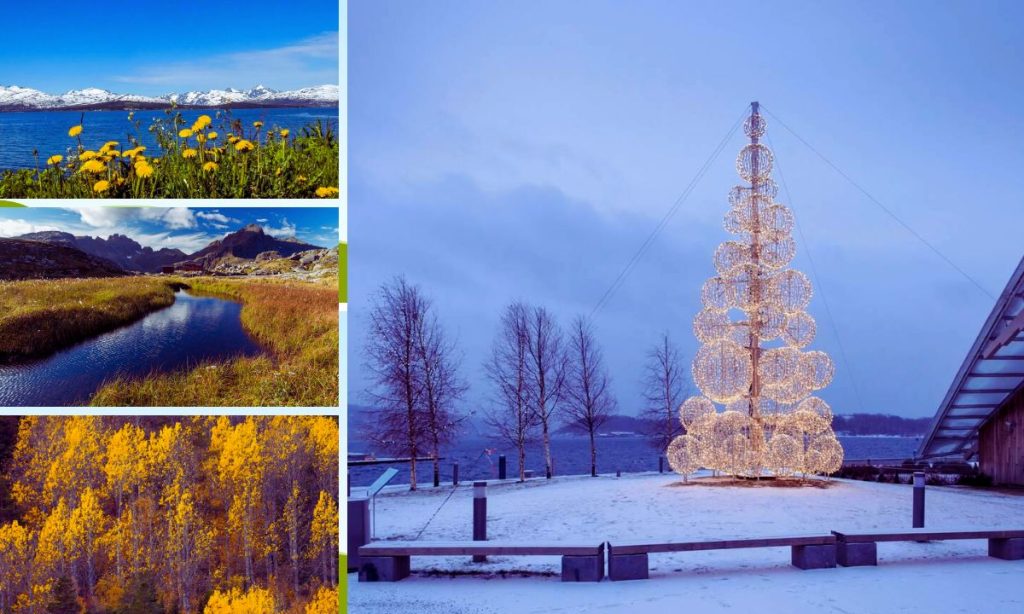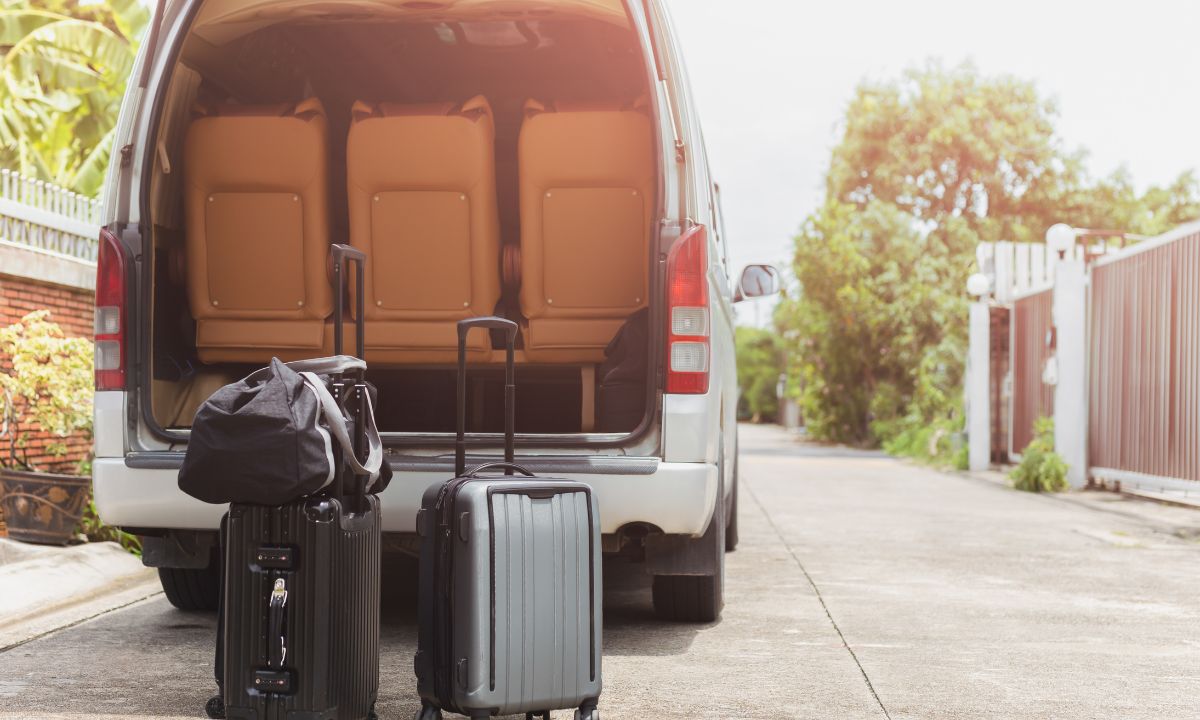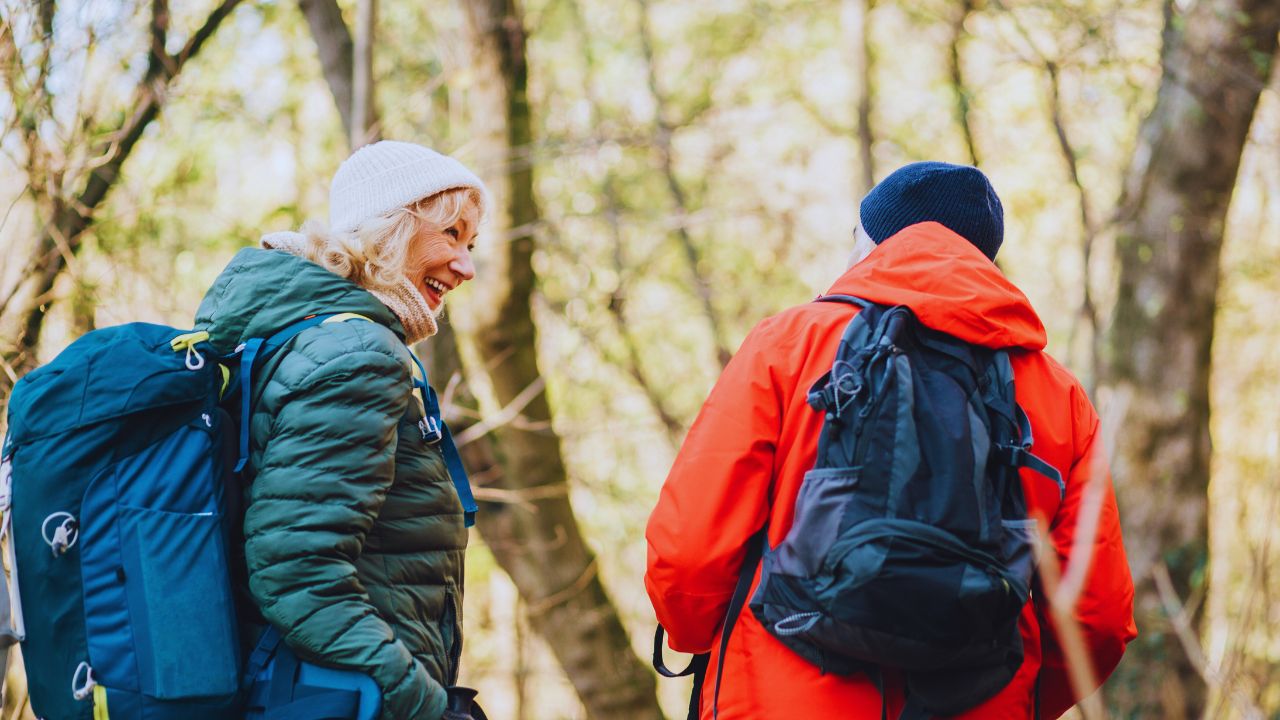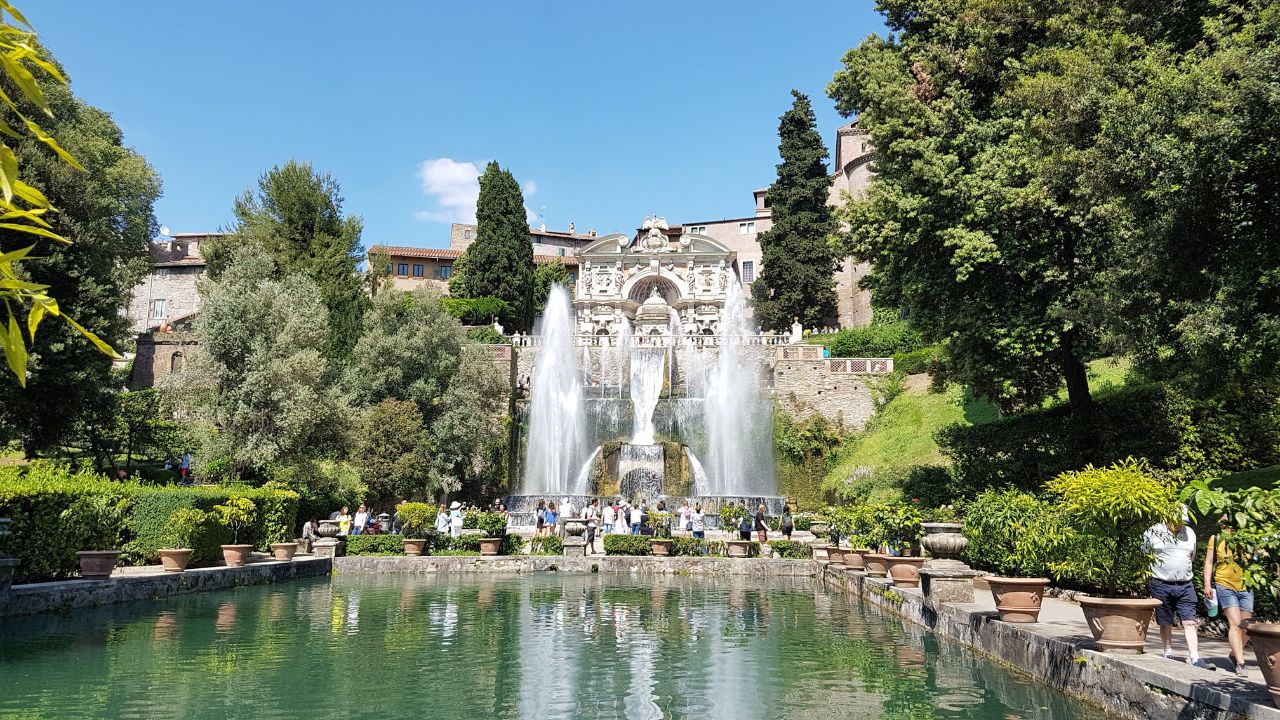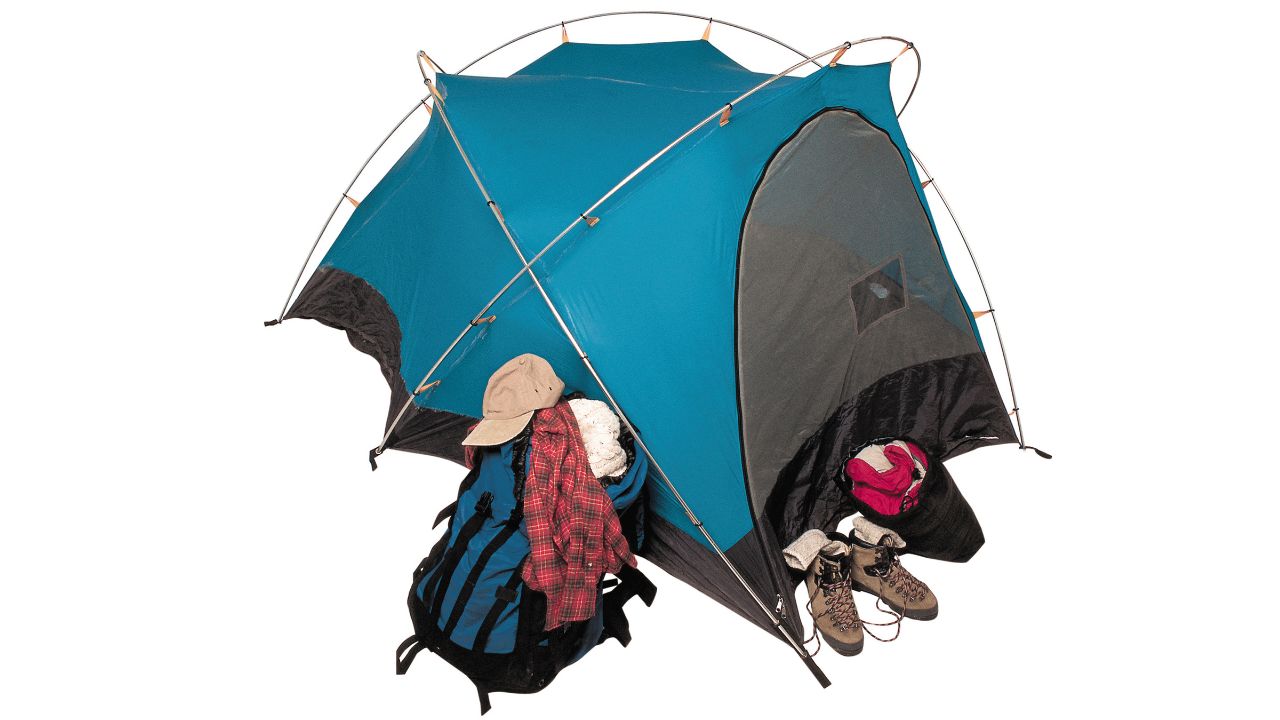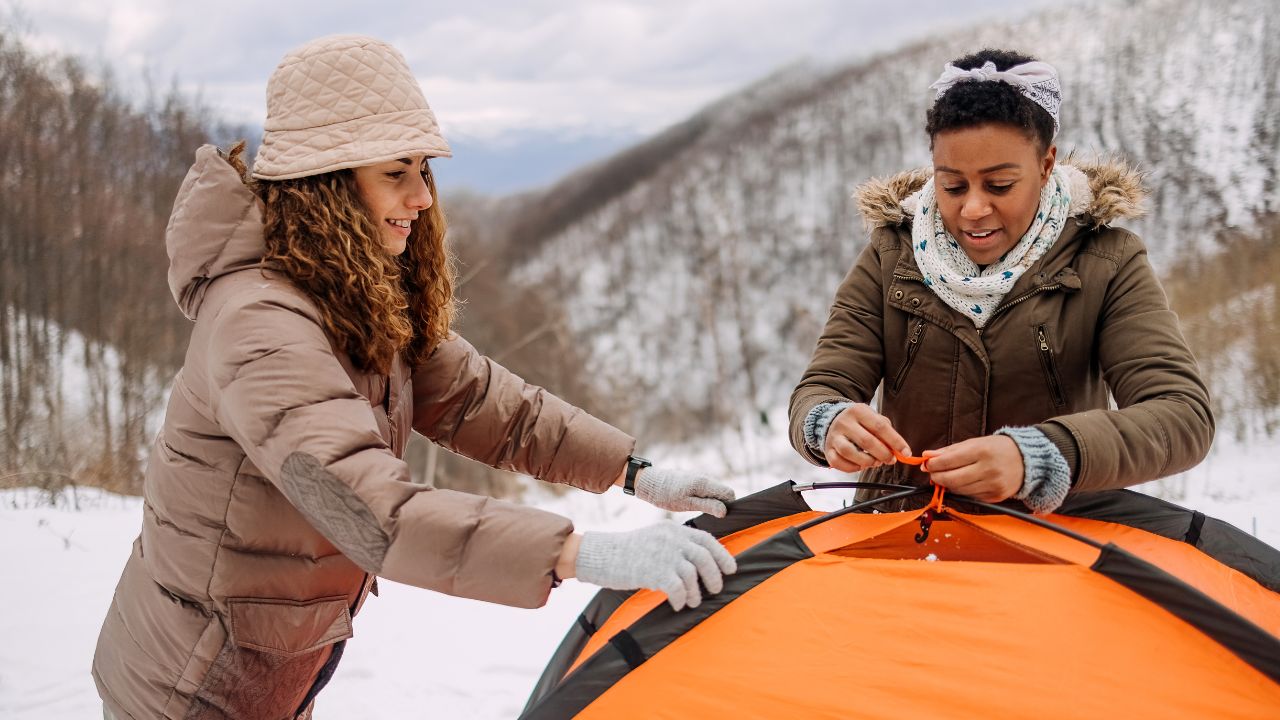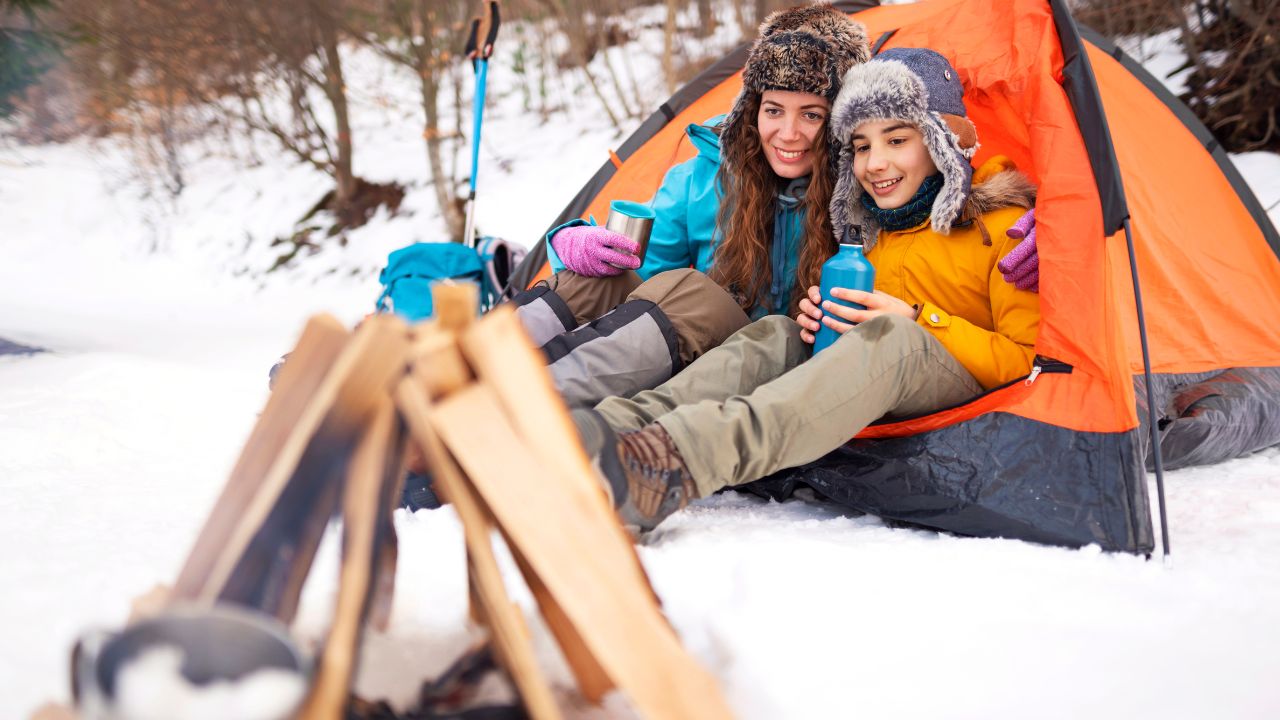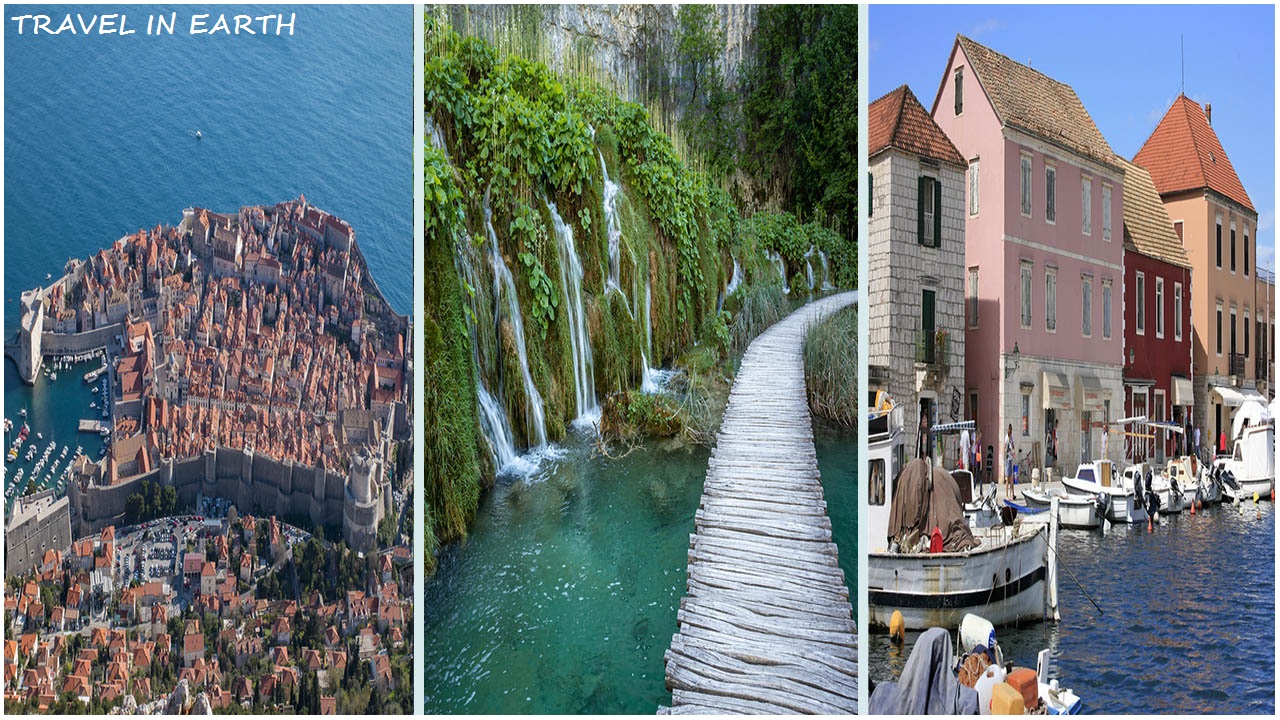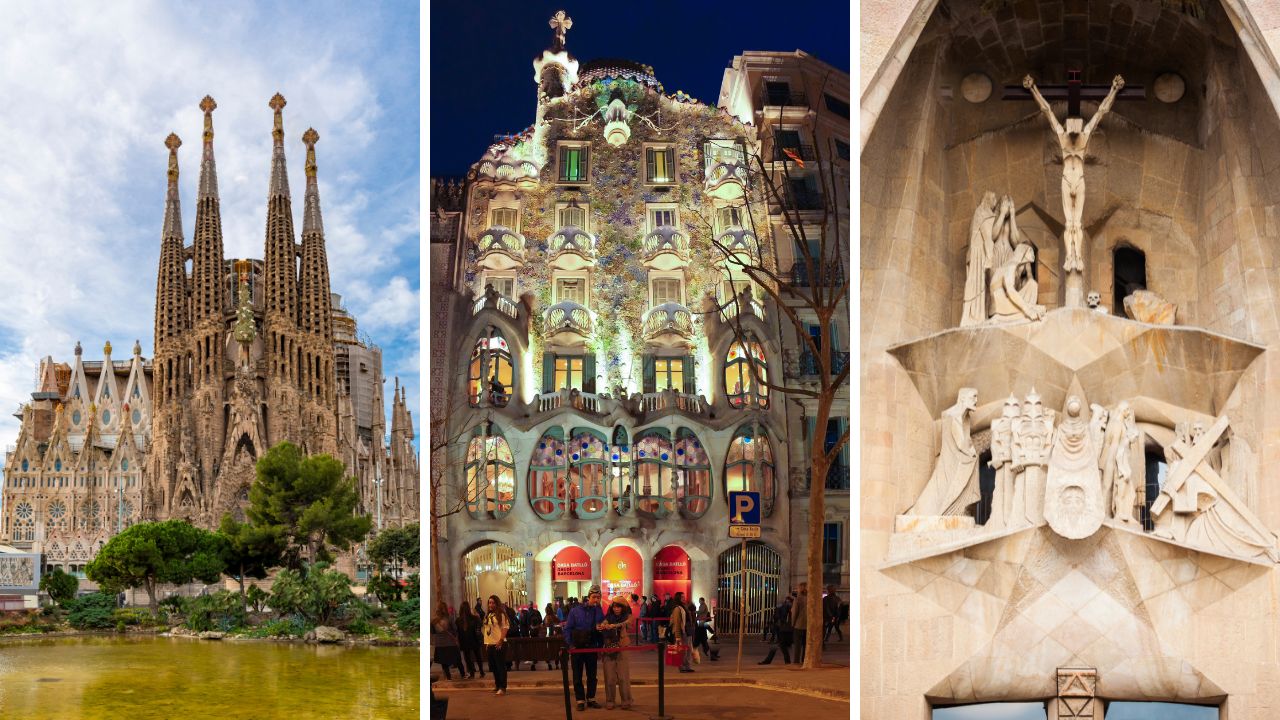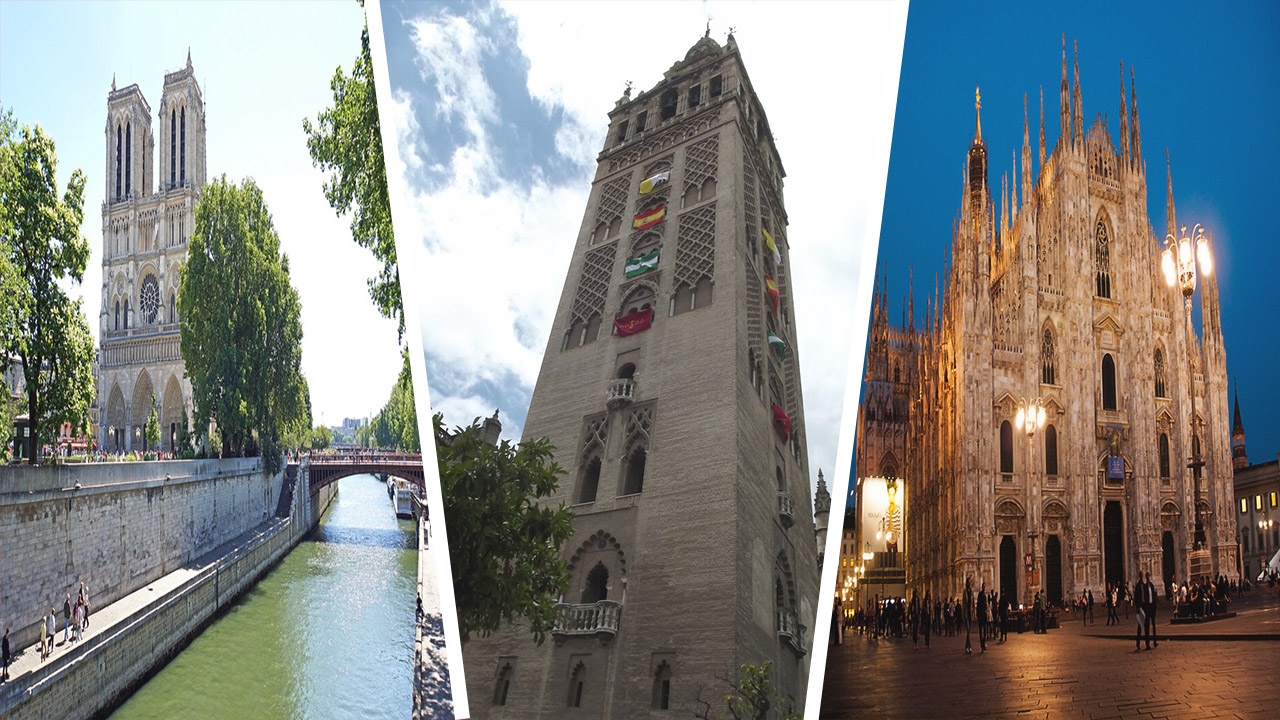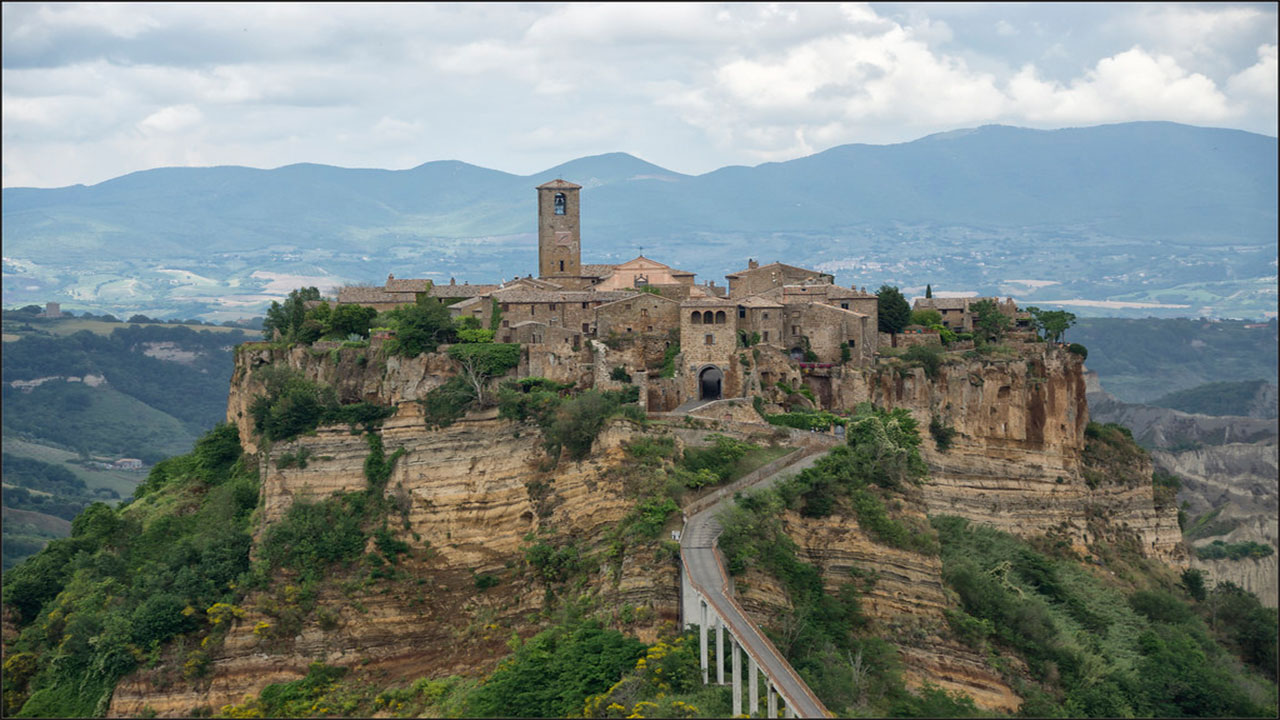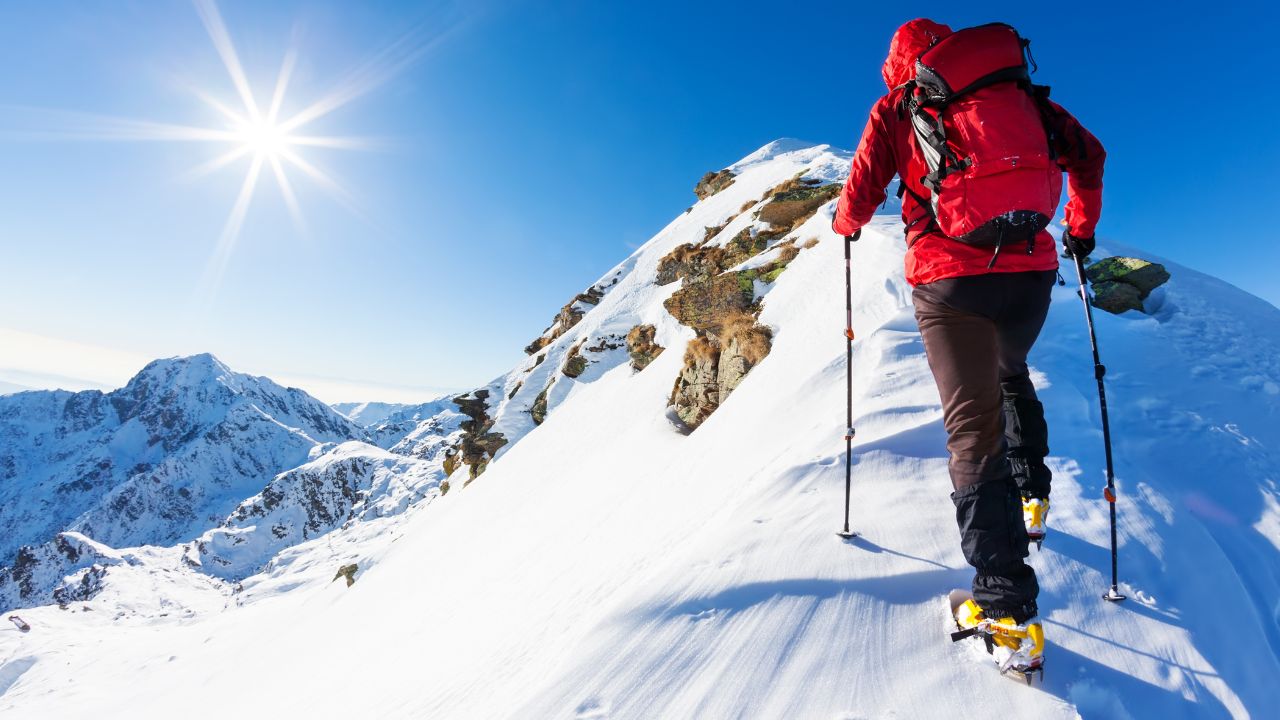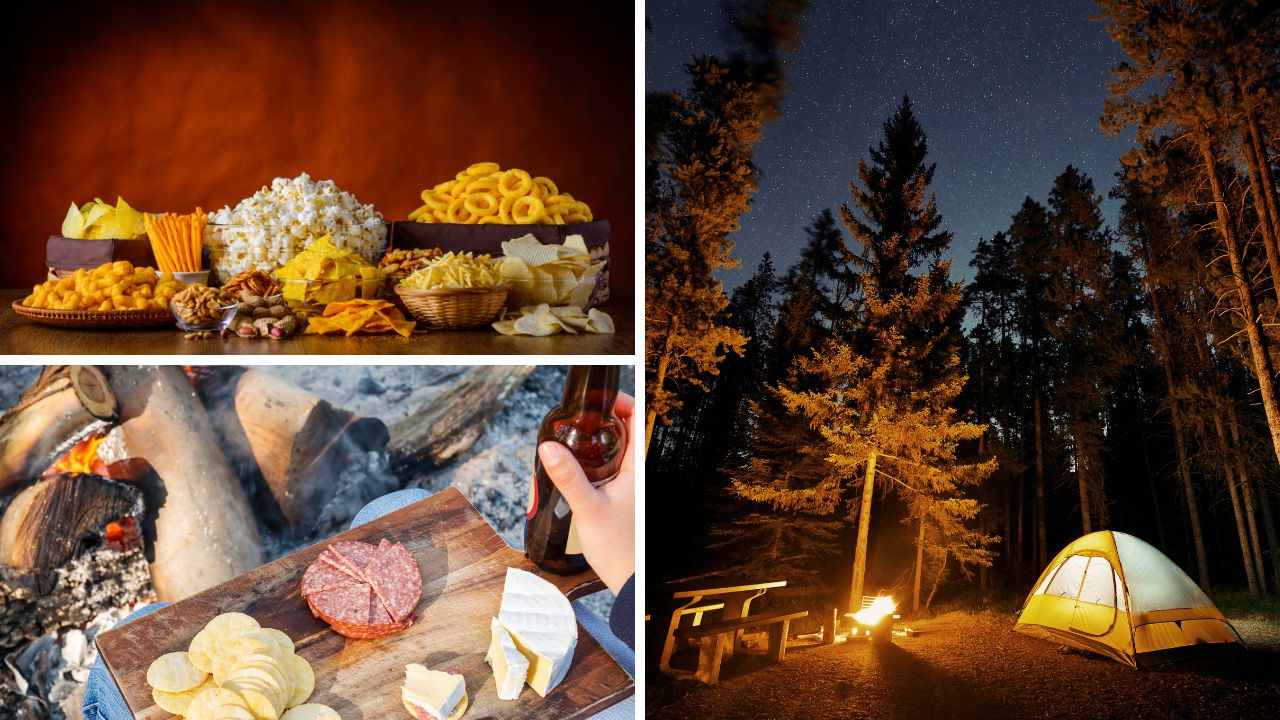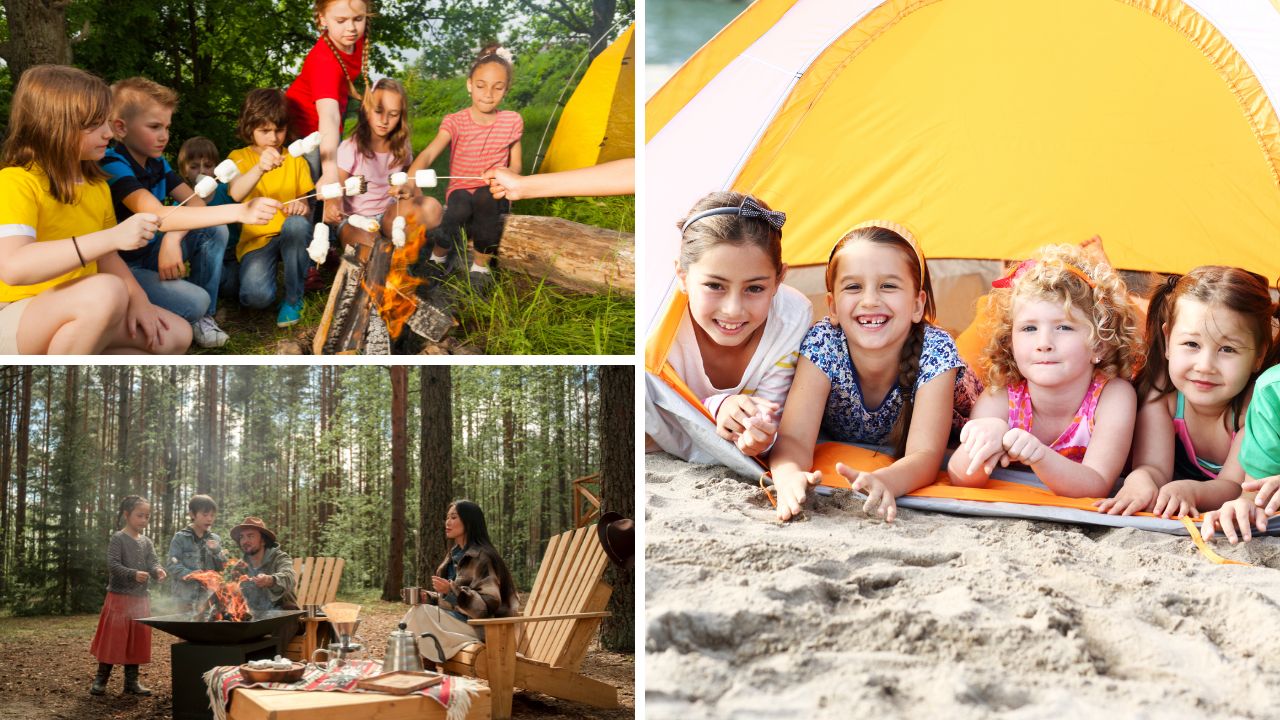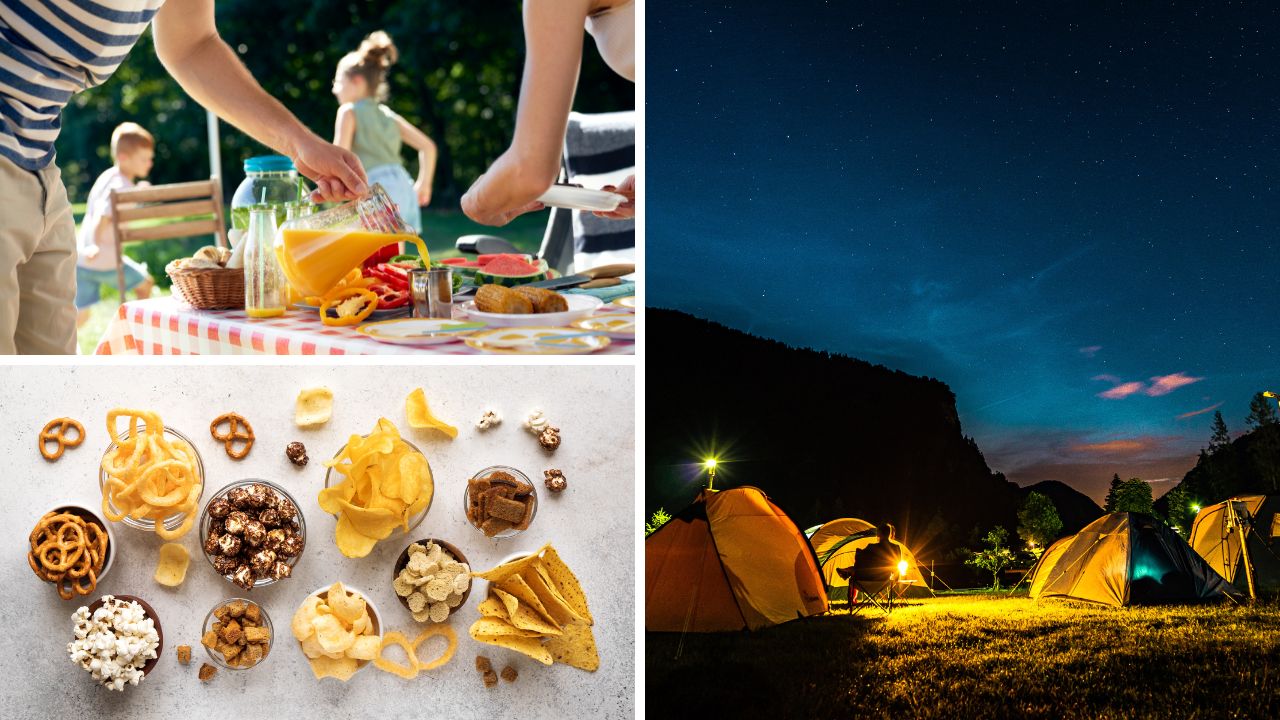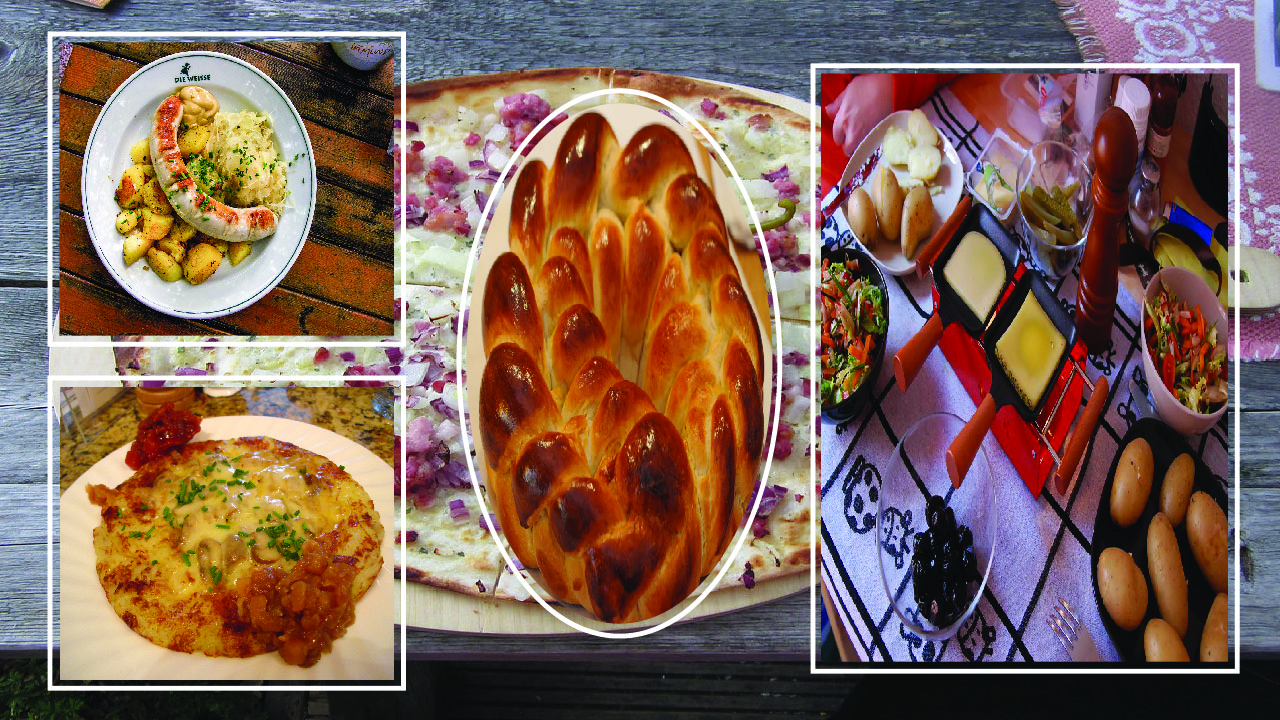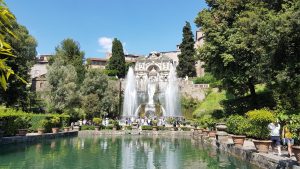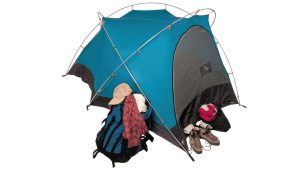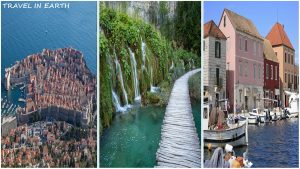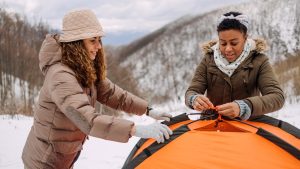Norway, a land of breathtaking fjords, majestic mountains, and vibrant cities, offers visitors a unique and unforgettable experience throughout the year. However, the best Month to visit Norway largely depends on what you want to see and do during your trip. From the magical Northern Lights in winter to the endless days of the midnight sun in summer, each season in Norway has its own charm and attractions.
In this comprehensive guide, we’ll explore the best times to visit Norway based on various factors such as weather, daylight hours, tourist crowds, and specific activities. Whether you’re interested in outdoor adventures, cultural experiences, or natural phenomena, this article will help you plan the perfect Norwegian getaway.
Understanding Norway’s Seasons
Before diving into the best times to visit, it’s important to understand Norway’s seasons and how they affect travel experiences.
Spring (March to May)
Spring in Norway is a time of renewal and awakening. The landscape comes alive with blooming flowers and budding trees. Days grow longer, and temperatures start to rise, though it can still be chilly, especially in the north.
Key features:
- Gradually warming temperatures.
- An increase in daylight hours.
- Spring blooms, especially in southern Norway.
- Less crowded tourist sites.
Summer (June to August)
Summer is the peak tourist season in Norway. The weather is mild, and the days are long, with the famous Midnight Sun visible in the north. This is the best time for outdoor activities and fjord exploration.
Key features:
- The warmest temperatures of the year.
- Very long days (midnight sun in the north).
- Peak tourist season.
- Ideal for hiking, camping, and water activities.
Autumn (September to November)
Autumn brings cooler temperatures and stunning fall colors to Norway’s landscapes. Tourist crowds thin out, making it a great time for those who prefer a quieter travel experience.
Key features:
- Cooling temperatures.
- Decreasing daylight hours.
- Beautiful fall foliage.
- Less crowded, with lower prices.
Winter (December to February)
Winter in Norway is cold and dark, but it’s also magical. This is the season for Northern Lights viewing, winter sports, and cozy hygge experiences.
Key features:
- Cold temperatures, especially in the north.
- Short days and long nights.
- The best time to see the Northern Lights.
- Winter sports and Christmas markets.
Best Time for Outdoor Activities in Norway
Norway is renowned for its outdoor activities, and the best time to enjoy them varies depending on the specific activity.
Hiking and Camping
Best time: late June to early September
Norway’s hiking trails and camping sites are at their best during the summer months. The weather is milder, snow has melted from most trails (except in high mountain areas), and the long daylight hours allow for extended outdoor adventures.
Popular hiking areas:
- Jotunheimen National Park.
- Preikestolen (Pulpit Rock).
- Trolltunga.
- Lofoten Islands.
Tips:
- Book popular hikes and campsites in advance, especially in July and August.
- Be prepared for sudden weather changes, even in summer.
- Check trail conditions before setting out, as some high-altitude trails may still have snow into July.
Skiing and Winter Sports
Best time: December to April
Norway is a winter sports paradise, with excellent skiing opportunities for both downhill and cross-country enthusiasts. The season typically runs from late November to April, with the best conditions usually found from January to March.
Popular ski resorts:
- Trysil
- Hemsedal
- Geilo
- Kvitfjell
Tips:
- Book ski packages and accommodations well in advance for the peak season (Christmas to Easter).
- Consider visiting in March for longer days and potentially milder weather.
- Don’t miss the opportunity to try cross-country skiing, a beloved Norwegian pastime.
Fjord Cruising and Kayaking
Best time: May to September
The Norwegian fjords are stunning year-round, but for the best weather and most comfortable conditions for cruising or kayaking, plan your visit during the summer months.
Popular fjords:
- Geirangerfjord
- Nærøyfjord
- Lysefjord
- Sognefjord
Tips:
- Book fjord cruises in advance, especially for July and August.
- Consider shoulder season (May or September) for fewer crowds and lower prices.
- Bring layers, as it can be cool on the water even in summer.
Best Time for Natural Phenomena
Norway is famous for its natural wonders, particularly the Northern Lights and the Midnight Sun.
Northern Lights Viewing
Best time: Late September to late March
The Aurora Borealis, or Northern Lights, is one of Norway’s most sought-after attractions. To see this spectacular light show, you need dark, clear nights, which are most common during the winter months.
Best locations for Northern Lights:
- Tromsø
- Alta
- Svalbard
- Lofoten Islands
Tips:
- Plan your trip for darker skies during a new moon.
- Be prepared for cold weather and long waits outdoors.
- Consider joining a guided Northern Lights tour for the best chances of seeing the aurora.
Midnight Sun Experience
Best time: May to July (depending on location)
The midnight sun is a phenomenon where the sun doesn’t set for weeks or even months. It’s visible north of the Arctic Circle and provides a unique opportunity for 24-hour outdoor activities.
Best locations for Midnight Sun:
- Svalbard (April 20 to August 22).
- The North Cape is open from May 14 to July 29.
- Tromsø (May 20 to July 22).
- Bodø (June 4 to July 8).
Tips:
- Bring an eye mask for sleeping, as the constant daylight can be disruptive.
- Take advantage of the extended daylight for late-night hikes or photography sessions.
- Book accommodations with adequate blackout curtains.
Best Time for Cultural Experiences
You can explore Norway’s rich culture and history year-round, but certain times offer unique experiences.
Festivals and Events
Throughout the year, Norway hosts numerous festivals, celebrating everything from music and art to food and traditional culture.
Notable festivals:
- Bergen International Festival (May/June).
- Oslo Jazz Festival (August).
- Træna Music Festival (July).
- Rakfisk Festival in Valdres (November).
Tips:
- Book accommodations well in advance for major festivals, especially in smaller towns.
- Check local event calendars for smaller, regional festivals that offer authentic cultural experiences.
Christmas markets and winter festivities
Best time: late November to December
Norwegian Christmas markets offer a magical winter experience, with twinkling lights, traditional crafts, and seasonal treats.
Popular Christmas markets:
- Oslo Christmas Market
- Bergen Christmas Market
- Trondheim Christmas Market
Tips:
- Dress warmly, as markets are often outdoors.
- Try traditional Norwegian Christmas foods, such as ribbe (pork ribs) and lutefisk.
- Consider visiting smaller towns for a more authentic, less crowded experience.
The best time for wildlife viewing
Norway’s diverse wildlife offers exciting viewing opportunities throughout the year.
Whale Watching
Best time:
- Orcas and humpbacks: November to January
- Sperm whales: June to August
Popular whale-watching locations:
- Andenes
- Tromsø
- Vesterålen
Tips:
- Make sure to book tours in advance, especially for the winter orca-watching season.
- If you’re prone to sickness, bring motion sickness medication with you.
- Dress warmly, even in summer, as it can be cold out on the water.
Bird Watching
Best time: May to August (breeding season)
Norway is home to numerous seabird colonies, particularly along its coastline and in the Arctic.
Popular bird-watching locations:
- Runde Island
- Varanger Peninsula
- Hornøya Island
Tips:
- Bring binoculars and a decent camera with a zoom lens.
- Respect nesting areas and follow local guidelines to avoid disturbing the birds.
- Consider joining a guided tour for the best viewing opportunities.
Budget Considerations
The time of year you visit Norway can significantly impact your travel costs.
High Season (June to August)
- Prices for accommodations and activities are the highest.
- Advanced bookings are often necessary.
- More frequent transportation options
Shoulder Season (May and September)
- Lower prices than high season
- Good weather for most activities
- Fewer crowds at popular attractions
Low Season (October to April, excluding Christmas/New Year)
- Lowest prices for accommodations
- There may be limited hours or closures for some attractions and services.
- Best deals on winter sports packages (outside holiday periods)
Tips for budget travel:
- Consider visiting in the shoulder season for a balance of excellent weather and lower prices.
- Book accommodations and transportation well in advance, especially for summer travel.
- Look for package deals that include accommodations and activities.
- Use public transportation, and consider purchasing a Norway Pass for discounts on attractions and transportation.
Weather Overview
Understanding Norway’s weather patterns can help you pack appropriately and plan your activities.
Average Temperatures
- Oslo:
- Summer: 20-25°C (68-77°F)
- Winter: -4 to 1°C (25-34°F)
- Bergen:
- Summer: 15-20°C (59-68°F)
- Winter: 0 to 5°C (32-41°F)
- Tromsø:
- Summer: 10-15°C (50-59°F)
- Winter: -5 to 0°C (23-32°F)
Precipitation
Norway’s west coast, including Bergen, is known for its high rainfall. The eastern parts of the country, including Oslo, generally have less precipitation.
- Bergen averages 230 rainy days per year.
- Oslo averages 110 rainy days per year.
Tips:
- Always pack waterproof clothing, regardless of the season.
- Be prepared for rapid weather changes, especially in mountainous areas.
- Check local weather forecasts regularly during your trip.
Conclusion
The best time to visit Norway truly depends on your interests, budget, and the experiences you’re seeking. Here’s a quick summary:
- For outdoor activities and midnight sun: June to August.
- September to October: autumn colors and fewer crowds
- For Northern Lights and winter sports: November to March.
- Whale watching is available from November to January or June to August.
- For budget travel: May or September (shoulder season).
Remember that Norway’s diverse geography means conditions can vary significantly between the south and the north. Always research your specific destinations and activities when planning your trip.

